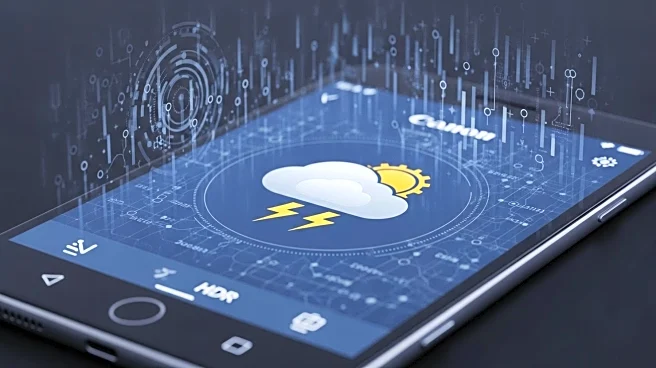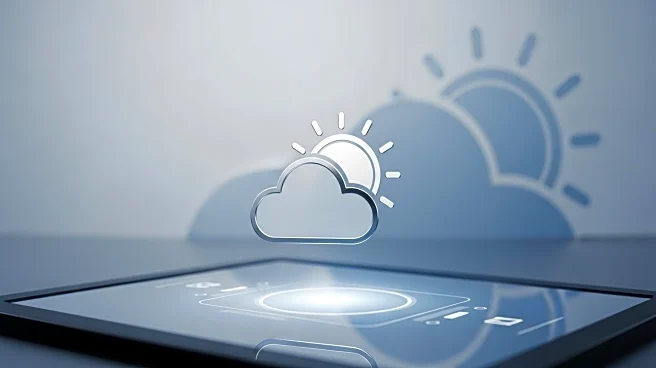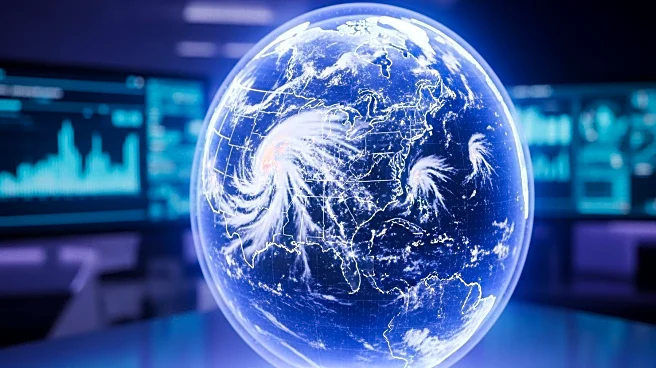What's Happening?
Weather forecasting apps often face criticism for inaccuracies, particularly in predicting local weather conditions. Meteorologists, including Rob Thompson from the University of Reading, explain that the complexity of weather systems and the limitations of data make precise local forecasts challenging. Convective rain, which is common in summer, is particularly difficult to predict due to its isolated and unpredictable nature. The simplification of complex weather data into app interfaces can lead to user frustration when forecasts do not match reality. Despite advancements in meteorological science, the demand for pinpoint accuracy often exceeds current capabilities.
Why It's Important?
Accurate weather forecasts are essential for daily planning and safety, impacting sectors such as agriculture, transportation, and outdoor events. The limitations of weather apps highlight the need for improved communication of forecast uncertainties and the development of more sophisticated models. As public reliance on digital forecasts grows, ensuring the accuracy and reliability of these tools is crucial for informed decision-making. The discussion also underscores the importance of public understanding of meteorological science and the inherent uncertainties in weather prediction.
Beyond the Headlines
The reliance on free global forecast data by some apps, rather than region-specific models, can compromise accuracy. This issue is compounded by the lack of transparency from app developers about data sources and limitations. The phenomenon of 'wet bias,' where apps predict a higher chance of rain to avoid user disappointment, further complicates user trust. Addressing these challenges requires collaboration between meteorologists, app developers, and users to enhance the quality and communication of weather forecasts.












